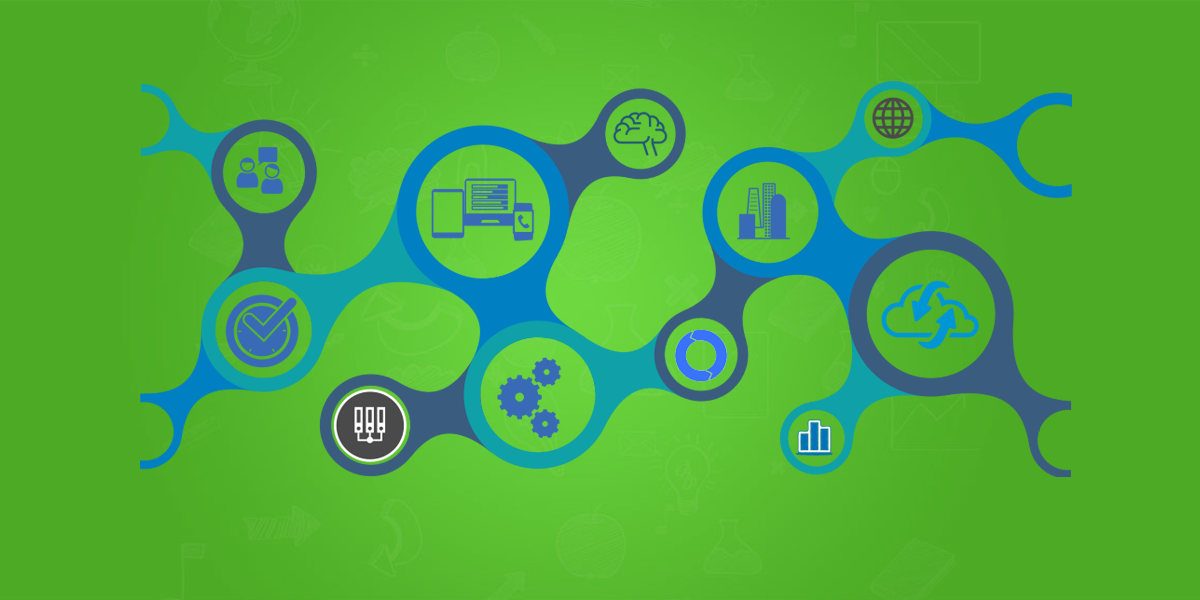IoT has presented the modern world with a lot of innovative applications and opportunities which can be utilised to make the life simpler, and that’s why it has become one of the top technology trends in this era. The backbone of the IoT (Internet of Things) is the broad gamut of connected and IP aware devices is the.
There is a myriad of ways in which we can leverage the IoT network innovatively, and several organizations have already started doing it. Soon the emerging markets will witness an incredible growth in the field of IoT as product designers will try to exploit the real-time machine-to-machine intelligence and connectivity. As the number of applications using the IoT fundamentals is going to increase considerably in the future, the need for IoT based software testing and QA (Quality Assurance) will also increase significantly.
A considerable paradigm shift would be required in conventional QA methodologies and practices to embrace the requirements of IoT testing and the technology changes applicable on the products/services offered under the wide spectrum of the IoT.
Core Components of IoT Network
The underlying components of the IoT network include:
Things
The Internet of Things (IoT)’s primary component is “Things” which are the real world devices and objects equipped with embedded software and sensors.
Computing
Computing is done to analyse and process the real world data collected by the “Things”. Computing helps in taking intelligent decisions within the system with the help of insights derived from the collected data.
Communication
It is one of the most prominent networking components of it which enables the “Things” to communicate with each other and the external environment.
IoT’s Testing and QA
In order to cover the depth and typical requisites of the IoT testing, a comprehensive QA strategy is required. This strategy must cover the different types of testing, the required test lab set up, and the testing simulators and tools which should be deployed.
Owing to the difficulties posed by the generation of Big Data from the “Internet of Things” in a controlled testing environment, it is essential to evaluate the data virtualization and simulation techniques. The stubs can be chosen as the option or the early stages of the testing while the data recorders can be considered s the alternatives for the later stages. Furthermore, in order to achieve a stable system, an exhaustive metrics-driven test execution is needed to be performed.
IoT Test Layers
To successfully perform the required tests, the QA organizations can split the IoT testing and test cases into two different types of layers. These include:
User Interaction Layer
This layer acts as the touch point between the “Things” and the “Users”. The success of any IoT system completely depends on the fact that whether the user gets a seamless experience or not. So, the key testing areas of this layer must include:
- Network capability and device level test
- Tests to validate the real-time usability and user experience
- IoT services test
- Back-end IoT environment
Device Interaction Layer
This is the layer where the interaction of the hardware and software environments of the real-time IoT environment happens. One of the typical instances of this type of communication includes the usage of a Bluetooth device transmitting the real-time data to a mobile-based app. So, in such environment, apart from the typical software testing that evaluates the features and functionalities of the service, some other tests are also required. These include:
- Conformance of the services functionalities with the international standards. These tests must specifically be performed by the hardware vendors.
- Interoperability tests to evaluate the ability of the different devices to support the requisite functionality.
- With billions of sensors present in the network, the data privacy and security can easily be compromised. So, stringent testing is required to tackle the data privacy concern across the entire IoT ecosystem.
- Tests for evaluating the data protection, data encryption and the security of stored data.
Connect with KiwiQA to leverage focussed capability for IoT Testing services.






